cat nasal polyps symptoms
Blastomycosis is a Systemic Fungal infection Affecting Dogs and Cats. The vet said the possibility of nasal polyps is possible but highly unlikely due to his age at only 5 months old.
Antelope Animal Hospital Nasopharyngeal Polyp
Labored and noisy breathing nasal discharge head shaking sneezing difficulty in swallowingall of these clinical signs suggest that a cat is harboring an upper.

. Bloat - The Mother of All Emergencies. Nasal polyps are benign non-cancerous fleshy growths that develop in the nasal passages of cats. Mar 24 2019.
Nasal polyps are common in cats and can cause a variety of symptoms including sneezing nosebleeds and difficulty breathing. The Most Common Symptoms of Nasal Polyps in Cats. Polyps can extend into the middle.
Loud breathing and other abnormal breathing sounds. In addition to the nasal passages similar polyps can occur in the area above the soft. Facial sinus fullness but usually not pain.
At first the cats will have no clinical signs unless drainage from the. If your cat has any of these symptoms it is. She said it could be a congenital abnormality or a mechanical.
Stuffy nose nasal congestion. Cats of both genders and all breeds seem equally prone. A cat nasal polyp is a growth that develops on the lining of the nasal cavity or sinuses.
Nasal polyps in cats are usually accompanied by trouble breathing frequent sneezing and nasal congestion. They are usually benign but can become cancerous. They are usually benign but can.
The problem occurs mainly in cats with no known breed or sex predilection and tends to be found in younger cats. Bloody Nose Epistaxis in Dogs and Cats. Nasopharyngeal polyps are benign growths that arise from the mucous membranes of the nose nasal or the base of the eustachian tube nasopharyngeal.
Though nasal polyps are usually benign their presence can have s significant impact on your cats quality of life. Bones are Unsafe for. Nasal polyps refer to protruding pink polypoid growths that are benign not cancerous and that are found to arise from the mucous.
Nasal and Nasopharyngeal Polyps in cats. The most common symptoms of nasal polyps in cats are. A 5-year-old cat with nasal.
The exact cause of nasopharyngeal polyps is uncertain. These are blobs of inflammatory tissue that protrude into the nasal passages and can get so large that they start hanging in front of the airways causing a difficult obstruction to breathe around. The most common symptoms of nasal polyps include.
Nasal and ocular discharge. Although nasopharyngeal polyps can occur in any age cat they are often seen in young adult cats.
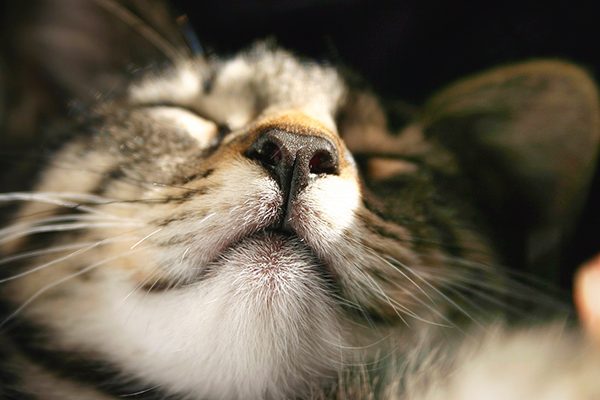
Learn About Nasal Cancer In Cats Petcure Oncology
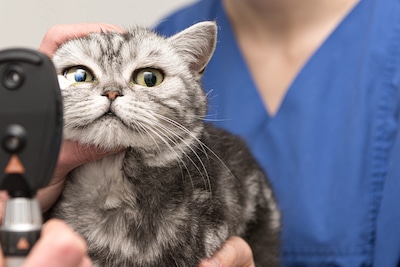
Why Is My Cat S Breathing Noisy All About Nasopharyngeal Polyps The Animal Medical Center

Feline Rhinitis And Upper Respiratory Disease Today S Veterinary Practice

Respiratory Problems Cats Bishops Stortford Vets
Following A Different Path Purrrfectly Holistic A Boutique For Cats Purrrfectly Holistic A Boutique For Cats
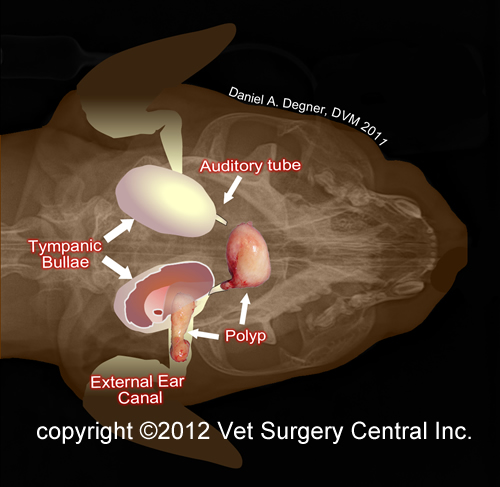
Animal Surgical Center Of Michigan Veterinarian In Flint Mi

Nasopharyngeal Polyp In A Cat Removal Cost And Veterinary Advice Youtube
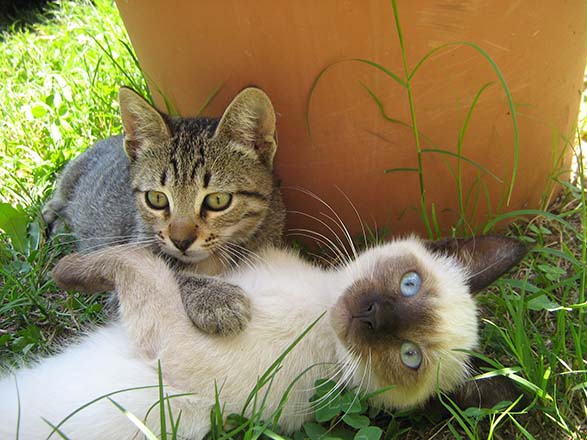
Nasopharyngeal Polyps In Cats Cottesloe Vet

Exclusively Cats Veterinary Hospital Blog Chronic Nasal Discharge In Cats

Feline Oronasopharyngeal Polyp Virtuavet
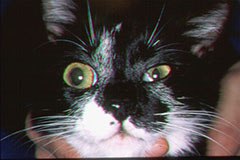
Nasopharyngeal Polyps American College Of Veterinary Surgeons Acvs

How To Stop Chronic Nasal Discharge In Cats 11 Steps

Nasopharyngeal Polyps In Animals Ear Disorders Merck Veterinary Manual
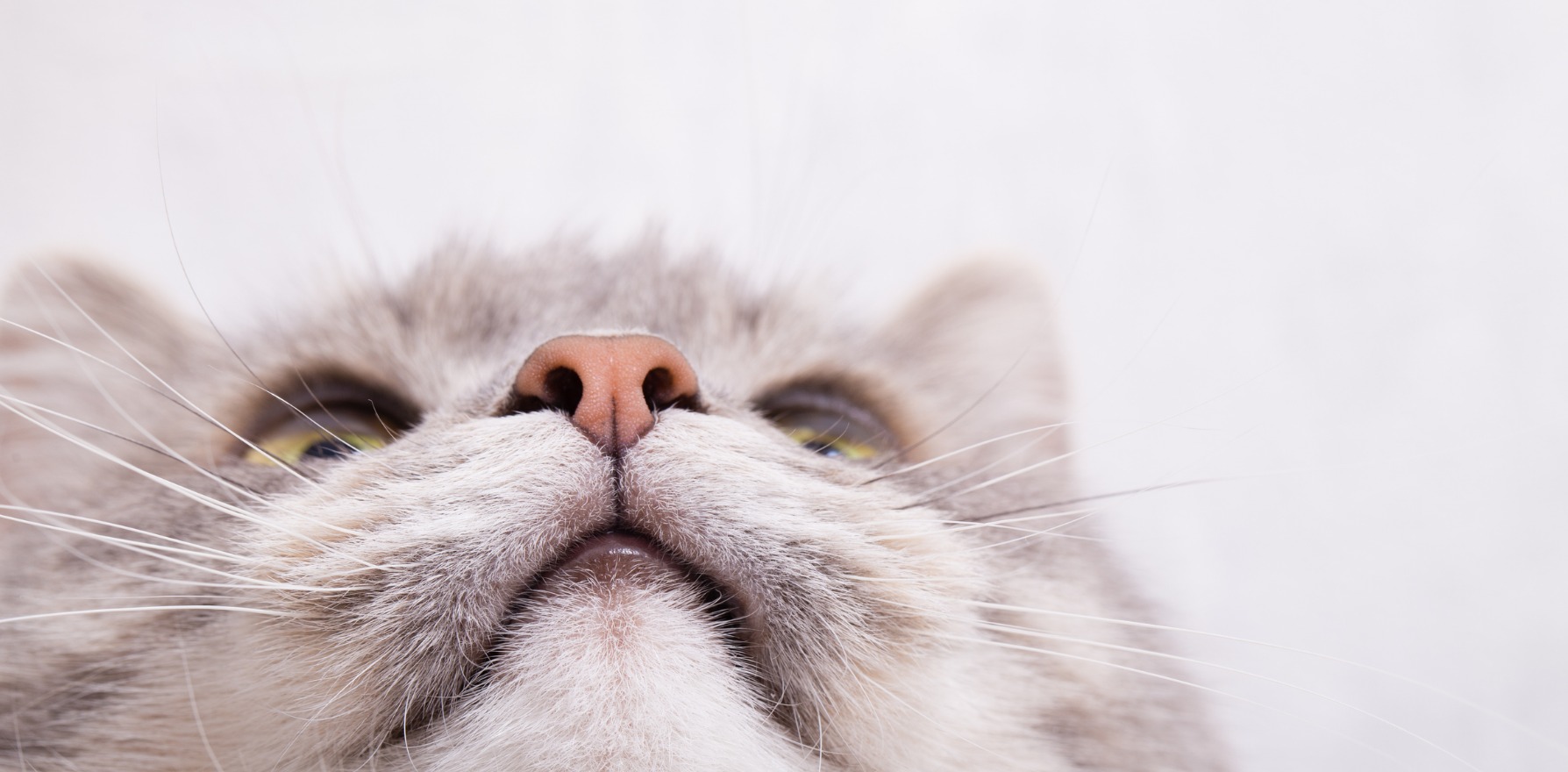
Drug For Nasal Polyps Gets Tga Green Light The Medical Republic

Idiopathic Chronic Rhinitis In Cats

Inflammatory Polyps In Cats The Cat Clinic

Nasal Polyps Treatment Surgery Philadelphia

Figure 5 From Nasopharyngeal Disease In Cats Semantic Scholar
